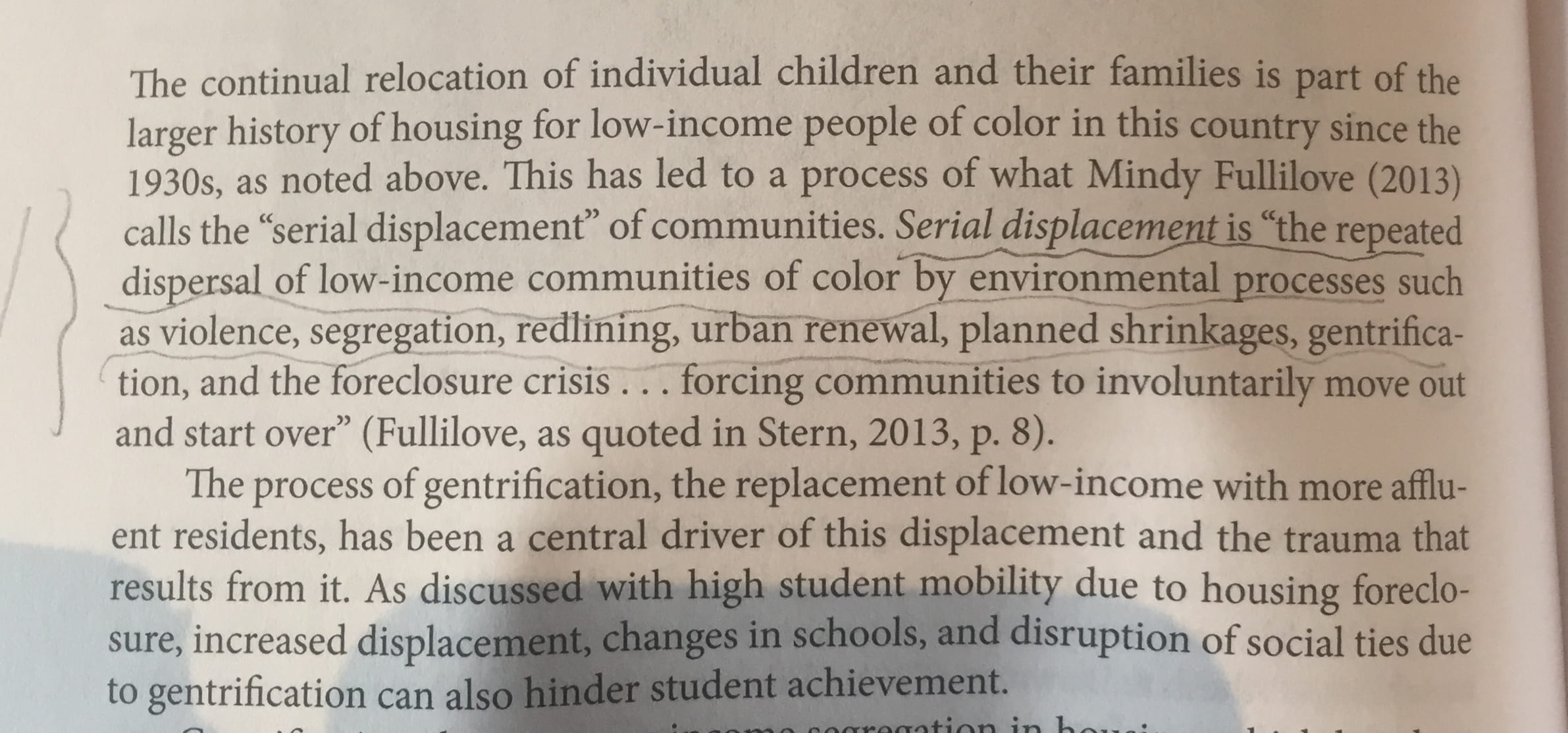Goodman, 2018, pg 26
Community and neighborhoods is the new theme contextualizing the new language unit in my classroom. As I read Goodman, I started reflecting what could that possibly look like for my students. So far from what I’ve gathered in my survey, my students come different cultural backgrounds, and some have other languages spoken at home. However, rethinking on how I am going to teach this unit is going to be challenging. I don’t even know if some of my students grew up all of their lives in their neighborhoods, I don’t know if they’ve been displaced or if they feel a sense of community where they live. One of my challenges as a teacher is rethinking the idea of community and neighborhood. Community doesn’t only have to represent their neighborhood where they live—even though it should be the place where they start—a community can also be found in all of the places that you frequent everywhere in the city, where you feel comfortable, be it a restaurant, a park, school group or a classroom. As a person who has lived in different places, your network of friends, teachers and/or families also represent your own community, even if they aren’t in the same place. It’s fundamental for them to find stability in those community spaces inside or outside their neighborhoods for their social and emotional well-being.
